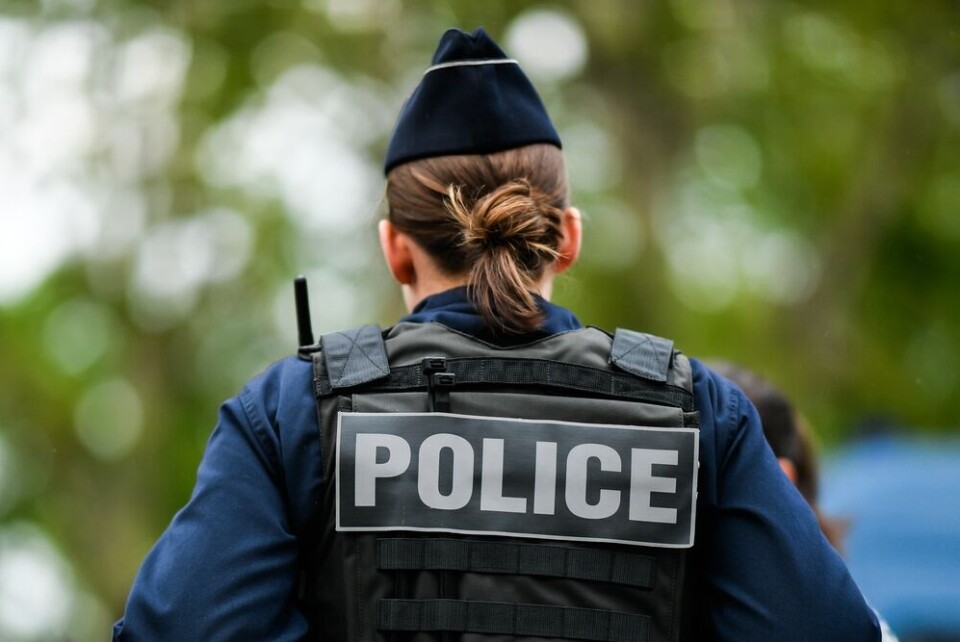-
Travel and transport: What's new in France in 2026
From mini-bus trains to flight operator changes
-
Six good news stories from France in 2025
From revolutionary eye surgery and sporting successes, to successful fundraising for iconic French brands, the year was full of feel-good news
-
Why is New Year's Eve known as Réveillon de la Saint-Sylvestre in France?
You may have heard French friends use this term but they might not know where it comes from
France placed on highest security alert - what changes for the public?
Temporary emergency level was put in place on Friday after a teacher was killed in a knife attack in northern France. The incident is being treated as a terrorist attack

France was placed on urgence attentat – the highest level of security alert possible – on Friday (October 13) evening by Prime Minister Élisabeth Borne.
It followed the death of a teacher in a knife attack in Arras that day as well as fears of rising tensions and backlash caused by the conflict in Gaza.
Urgence attentat is the third and highest level of the anti-terrorist Vigipirate system in France, which can be temporarily put in place in the immediate aftermath of a security crisis.
It allows for additional resources to be used for anti-terror and security operations, such as more armed police officers on the streets and the “dissemination of information likely to protect citizens in a crisis situation,” states the Vigipirate website.
Alert at highest level
France was at level two of the Vigipirate pyramid (sécurité renforcée - risque attentat) until Friday, which corresponds to an increased threat of terrorist activity, and is the highest possible permanent level outside of a crisis.
However, after the incidents on Friday, the alert level was raised.
“There is no clear-cut threat [of a terrorist attack on France], but there is an extremely negative atmosphere, notably due to the call for acts of violence,” said Interior Minister Gérald Darmanin to French news outlet TF1.
“There is undoubtedly a link between the attack [in Arras] and what is happening in the Middle East,” he added.
The bulletin that coincided with the increased Vigipirate level states: “the sudden deterioration of the situation in the Middle East raises fears of a form of polarisation that could have consequences on the national territory.
“In particular possible public order disturbances and targeted actions against certain communities, their buildings and symbolic representations.”
A graphic detailing the different levels of the Vigipirate system and its history can be found below
Read more: What is France’s Vigipirate alert system?
What does the level change for the public?
The most notable change will be the increased presence of armed soldiers in public places, as the increase in Vigipirate level corresponds to more resources being deployed for opération Sentinelle.
This operation was launched in 2015 after the attack against Charlie Hebdo’s offices and allows armed soldiers to patrol ‘sensitive locations’ such as shopping centres, tourist areas and transport hubs in France.
Up to 7,000 extra armed soldiers will patrol areas whilst the alert level is raised, said Mr Darmanin, whilst the level is at its highest – at lower levels around 3,000 soldiers are used for these tasks.
However, decisions on where security forces are deployed are made according to the specific incident that caused the raise in level – all “administrations are asked to pay increased attention” to their local areas after the level has been raised, said Mr Darmanin.
Over the weekend, additional security forces were posted outside synagogues, including armed police officers.
Alongside this, the Vigipirate website says it aims “to better inform citizens about terrorism, the mechanisms deployed to deal with it, and the gestures and behaviours that protect and save [other people].”
It has released a PDF document on its website that provides information and additional resources on improving awareness before an attack, and the steps to take during.
It also includes practical information for those who own or manage an establishment open to the public.
Read more:
Key quotes from President Macron's TV speech to France about Hamas
Police ID numbers must be more visible on duty, rules French court























